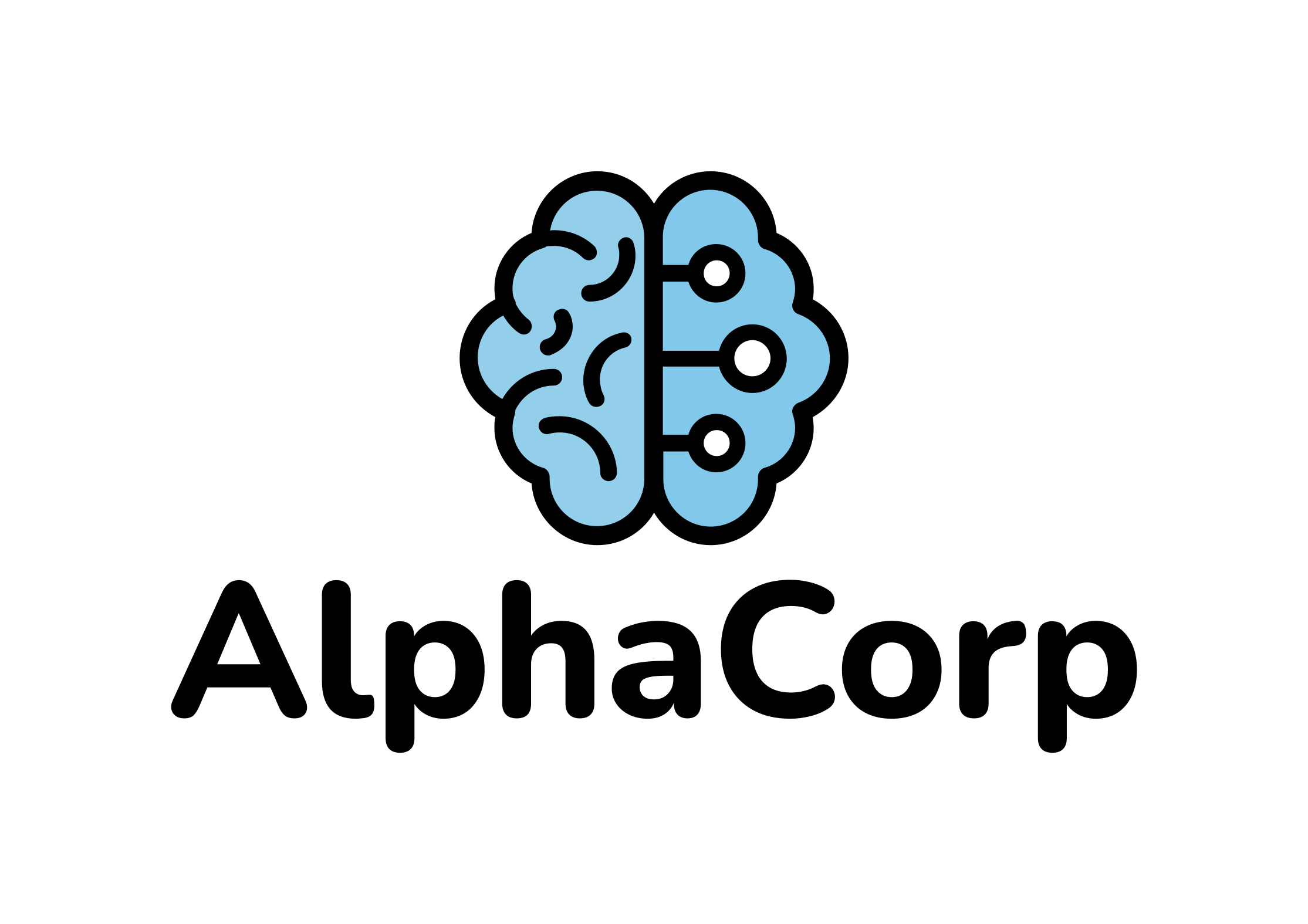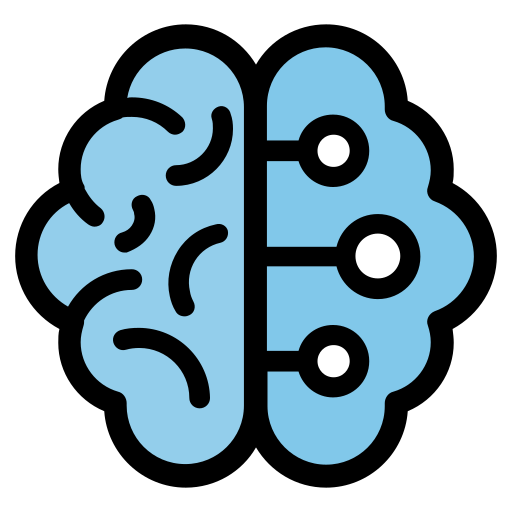You want to know when Prompt Engineering stops paying off and when to invest in LLM fine tuning. Start with strong prompts and add RAG, then fine tune only when you need persistent skills or scale, a staged approach many teams follow and that IBM outlines on its staged approach; for example, teams have served 25 LoRA variants on one A100 80GB to cut cost. This guide shows clear signals for fine tuning, how to do it safely, and how to plan a hybrid stack that lasts.
Invest in fine tuning when prompts plateau and you need consistent domain behavior, strict formats, or lower latency at scale.
Prompt Engineering vs Fine Tuning: The Quick Answer
Use prompts to explore and shape behavior fast. Add RAG when you need current, traceable facts and citations. Move to fine tuning only when you need persistent, task specific behavior or consistent style that prompts and context cannot deliver. That is the core workflow many enterprise guides recommend, with RAG handling freshness and fine tuning locking in behavior for stability and scale, as IBM’s staged approach describes.
Two caution flags matter before you invest. First, recent research shows that naive fine tuning can lower safety alignment, and that evaluation results can vary more than expected. Second, use alignment preserving adapters like the SaLoRA method and improve data quality to reduce that risk. If you need specialized skills at scale or strict structure, fine tuning pays off. If you need the latest facts and explainability, RAG plus prompts usually wins.
When Prompt Engineering Plateaus
Prompts are fast and flexible, but they reach a ceiling in production. Common saturation points look like this: you carry long, brittle templates that still miss edge cases; you cannot keep schema outputs valid without many retries; or latency and token costs creep up. Microsoft’s fine tuning considerations point to three areas where training beats longer prompts: consistent schema generation and tool use, reliable tone and style, and lower latency through shorter inputs or smaller models.
There is also evidence that you do not need a huge dataset to beat prompts on focused tasks. A comparative study finds that fine tuned models can outperform prompting and in context learning with roughly 100 to 1000 high quality examples for well defined tasks like classification or extraction. If your current solution relies on many few shot examples, you may be paying more for tokens than it would cost to train a small adapter.
RAG often enters this conversation. It is great for freshness, citations, and governance, and it keeps knowledge out of the weights. But RAG does not teach new skills or enforce structure by itself. Matillion’s enterprise AI guide captures this split well: use RAG for volatile facts and traceability, and reserve fine tuning for stable behavior.
Clear signals you should fine tune
* You need strict JSON or XML outputs with fewer retries.
* Tool calling must be consistent across a large tool list.
* Domain terms or abbreviations are often misunderstood in answers.
* Long prompts inflate latency and token cost in steady state.
* A brand voice or compliance wording must hold across sessions.
* You must run on smaller hardware or meet tight SLAs.
LLM Fine Tuning: Where It Shines
Fine tuning shines when you need the model to act the same way every time for repeatable tasks. Examples include form fill, routing, classification, and multi turn assistants that must follow policy and tone. Red Hat’s guidance frames fine tuning as a way to “communicate intent” so the model understands niche language and patterns. A concrete example is teaching a bot that “PT services” means physical therapy in a medical context, as described in Red Hat guidance.
It also helps when outputs must follow a schema. Even with structured output features, base models can break format when requirements get complex. Training on your desired schema and tool usage reduces retries and post processing. Microsoft’s fine tuning considerations explicitly call out schema generation and tool calling as high value targets for training.
Finally, fine tuning can lower costs at scale by shortening prompts and enabling smaller or self hosted models that still meet accuracy targets. Nexla walks through token economics and shows how input length and rate limits drive cost, which makes shrinking prompts and selecting efficient models a practical TCO lever, as seen in their token costs discussion.
RAG Complements Fine Tuning
RAG is the right choice when facts change, answers must cite sources, and you need to integrate content across systems. It reduces hallucinations and preserves transparency by keeping knowledge outside the model. If you already meet your behavior needs, prompts plus RAG may be all you need. If you need fixed behavior and the latest facts, pair a fine tuned base with a retrieval layer. This pairing is a common enterprise pattern and is reinforced in Matillion’s enterprise AI guide.
One useful way to think about it: train the model for how to think and respond, and use RAG to supply what to say for the current question. The model stays consistent and the facts stay fresh and auditable.
Safety, Data, and Governance
Safety cannot be an afterthought. A 2025 study found that even benign training runs can reduce safety alignment and that evaluation variance can hide regressions. Treat safety as a product requirement.
Do three things. First, improve training data quality and use methods that preserve safety. SaLoRA keeps a safety module fixed and initializes task adapters carefully, retaining alignment while still adapting behavior, as shown in the SaLoRA method. Second, keep volatile facts out of the weights and use RAG with citations for provenance. Third, institutionalize evaluation with versioned datasets, controlled randomness, and clear pass or fail thresholds. When safety is on the line, use smaller changes like adapters and add monitors and rollback paths.
PEFT in Practice
Parameter efficient fine tuning, or PEFT, trains small adapters like LoRA while freezing the base model. This lowers cost, makes experiments faster, and reduces risk. It also makes it practical to run many specialized variants against one base model.
The production proof point is strong. LoRA Land reports teams serving 25 LoRA variants for Mistral 7B on a single A100 80GB, showing that many small specialists can be cheaper and easier to manage than one general model. Multi adapter serving has its own engineering tradeoffs, though. Practical notes from SqueezeBits show that misconfiguring adapter cache or max ranks can hurt multi LoRA serving performance, so build a simple SRE style checklist for serving, and keep a registry of adapters with owners and tests.
If you are new to adapters, start with modest ranks and a small dataset built from your best prompt exemplars and production transcripts. Validate against a baseline, measure schema accuracy and latency, and keep prompts short and stable.
A Simple Decision Playbook
If your need is freshness, traceability, and explainability, use prompts and RAG first. You can add safety filters and structured templates without changing the model. If your outputs must be consistent and deterministic, fine tune a base model, ideally with adapters first and alignment preserving techniques. Red Hat’s guidance and other enterprise sources align with this split.
You do not need thousands of examples to try this. If you maintain many few shot examples today, convert them into a small supervised dataset and run an adapter pilot. Aim for clear thresholds before you ship: higher schema adherence, lower retries, lower median latency, and no safety regressions.
What to measure
Track the basics. For RAG, monitor retrieval quality, answer faithfulness, and total latency across retrieval and generation. For trained models, measure task accuracy, schema compliance, safety checks, and serving metrics like time to first token and throughput if you run many adapters. Tie these to business outcomes like resolution time and error rates rather than benchmark scores alone.
Why It Matters
Getting the split right between prompts, RAG, and fine tuning is not academic. It drives accuracy, risk, and cost in day to day work. A prompt first approach speeds learning and keeps options open. RAG brings freshness and citations. Fine tuning makes behavior steady for tasks that must be right the same way every time. Together they form a practical system that can scale without surprises.
If you want a quick assessment of your current approach and a pragmatic plan to test a small adapter on your highest value use case, reach out and ask for a short working session.

